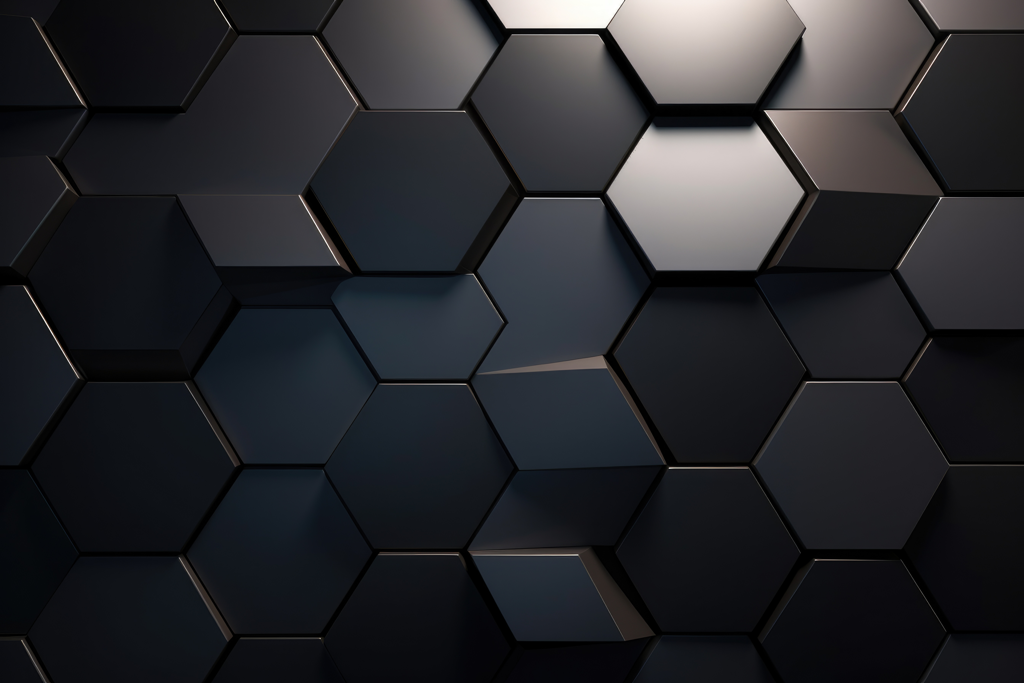
3D printing technology continues to evolve, introducing materials that push the boundaries of what is possible. One such material making waves in the industry is PPS-CF filament. This carbon fiber-reinforced polyphenylene sulfide (PPS) composite stands out for its remarkable strength, heat resistance, and durability. Here’s an in-depth look at why PPS-CF filament is becoming a go-to choice for high-performance applications.
What is PPS-CF Filament?
PPS-CF filament is a composite material combining the robust properties of PPS resin with the reinforcing strength of carbon fibers. This combination results in a filament that is not only incredibly strong but also highly resistant to heat, chemicals, and flame. These characteristics make it ideal for creating components that need to perform under extreme conditions.
Key Properties of PPS-CF Filament
- Exceptional Heat Resistance: PPS-CF filament boasts a heat deflection temperature of up to 264°C at 0.45 MPa, allowing it to maintain structural integrity at high temperatures. This makes it suitable for applications that require continuous operation above 200°C
- Superior Mechanical Strength: The addition of carbon fibers enhances the filament’s rigidity and tensile strength. PPS-CF’s mechanical properties, including a bending modulus of 7160 MPa, make it an excellent choice for parts that require high stiffness and minimal warping.
- Chemical and Solvent Resistance: PPS-CF is virtually insoluble below 200°C and demonstrates excellent resistance to a wide range of chemicals, including acids, alkalis, and solvents. This chemical stability is essential for parts exposed to harsh environments.
- Flame Retardancy: Rated UL-94 V-0, PPS-CF filament is highly flame-resistant, providing safety and reliability for applications in electronics and automotive sectors
- Low Moisture Absorption: With an extremely low moisture absorption rate of just 0.05%, PPS-CF retains its mechanical and thermal properties even in humid conditions, ensuring consistent performance.
Optimizing the Printing Process with PPS-CF Filament
To achieve the best results with PPS-CF filament, several printing considerations must be taken into account:
- Drying: Before printing, the filament should be dried at 100°C to 140°C for 8 to 12 hours. This step is crucial to prevent moisture absorption, which can negatively affect print quality.
- Nozzle: Due to the abrasive nature of carbon fibers, a hardened steel nozzle is recommended. This helps prevent wear and tear on the printer’s nozzle.
- Printing Temperature: Optimal printing temperatures range from 310°C to 350°C, with a bed temperature between 80°C and 120°C depending on the specific printer and project requirements
- Cooling: A part cooling fan set between 0% and 40% helps manage temperature without causing rapid cooling that could lead to warping.
Applications of PPS-CF Filament
The unique properties of PPS-CF filament make it suitable for a variety of demanding applications, including:
- Automotive Parts: Components that need to withstand high temperatures and exposure to chemicals, such as engine bay parts and structural components.
- Aerospace: Lightweight, high-strength parts that require excellent heat resistance and mechanical stability.
- Industrial Machinery: Durable parts that can operate in chemically harsh and high-temperature environments.
- Electronics: Flame-retardant components that provide safety and reliability in electronic devices and systems.
Conclusion
PPS-CF filament is a game-changer in the world of 3D printing. Its combination of heat resistance, mechanical strength, chemical stability, and flame retardancy makes it a versatile material for creating high-performance parts. By understanding and optimizing the printing process for PPS-CF, manufacturers and hobbyists alike can unlock new possibilities in 3D printing applications.
Sources
Cover photo by Carbon Fiber Background Stock photos by Vecteezy
Discover more from PrintCraft.gr
Subscribe to get the latest posts sent to your email.